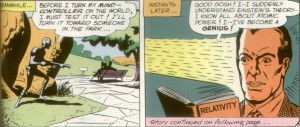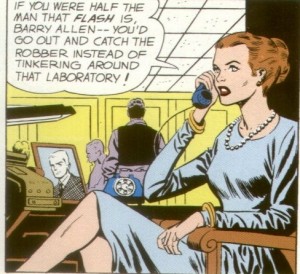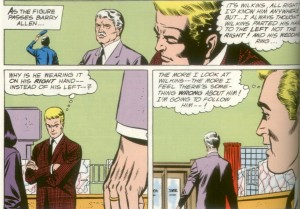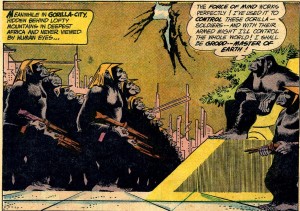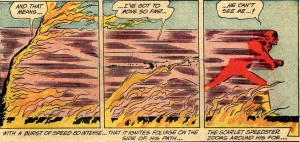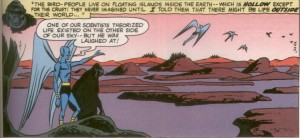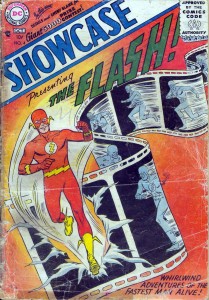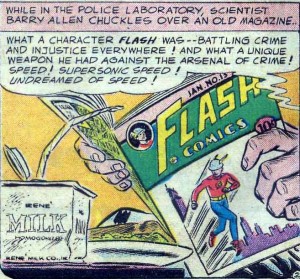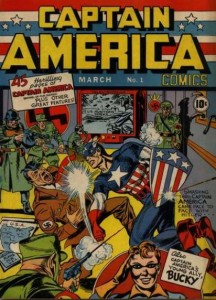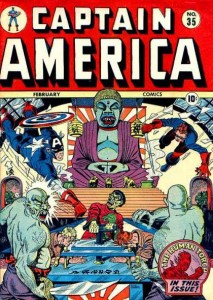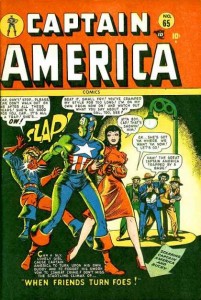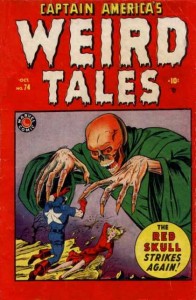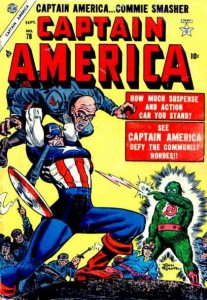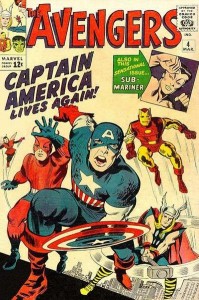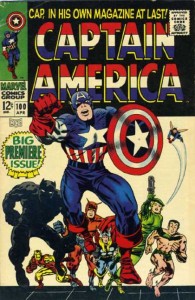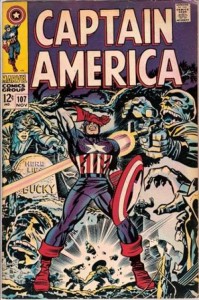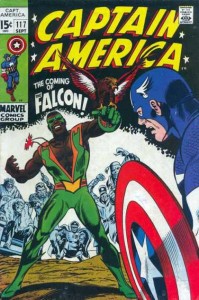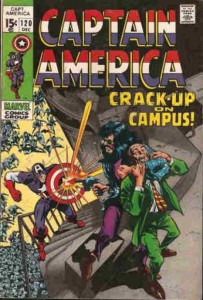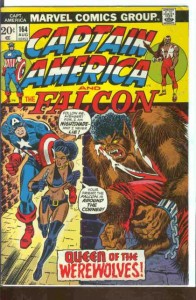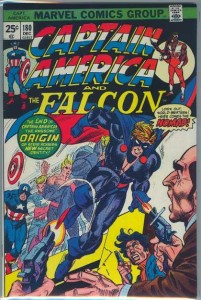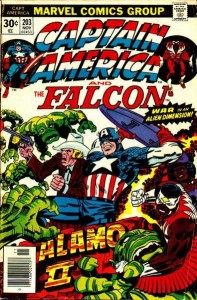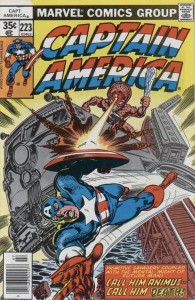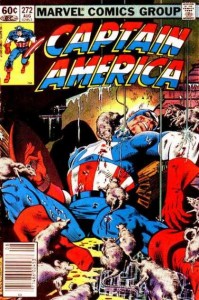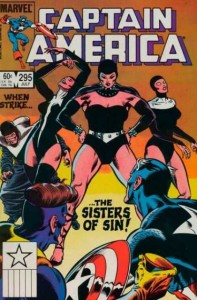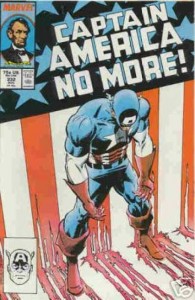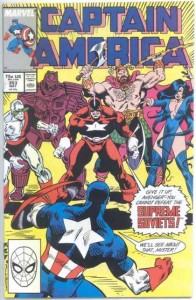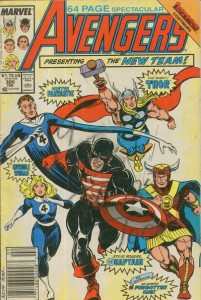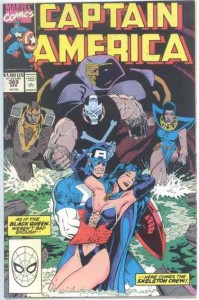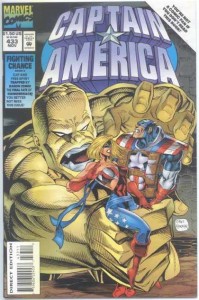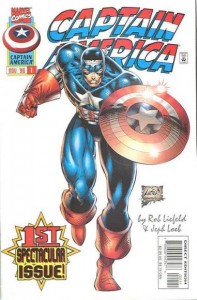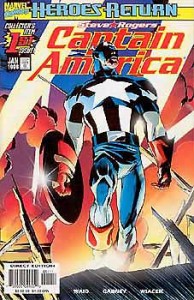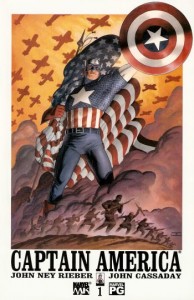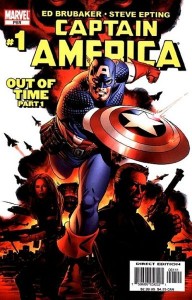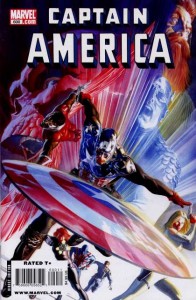The Girl With the Dragon Tattoo
Written by Stieg Larsson
Translated by Reg Keeland
Every mainstream reviewer seems to love this novel. It’s an international bestseller that’s spawned two sequels and has already been made into a movie. All this despite the fact that the author is dead and Swedish. My reaction, however, was “meh.” Other than the Swedish names that I can’t pronounce, there’s nothing in this book that sets it apart from any typical crime thriller.
Don’t get me wrong, it’s not a terrible novel. The mystery at the heart of the story is well-crafted, and I didn’t notice any glaring plot holes. The pacing is brisk, except for a few lengthy discussions of Swedish finance. The translation from the original Swedish produced a few awkward lines, but nothing memorably ridiculous.
But much of the novel’s appeal depends on whether the reader identifies with the main character, Mikael Blomkvist. As shameless Mary Sues go, Blomkvist could give Superman a run for his money. Blomkvist is a middle-aged, left-leaning journalist and magazine editor, just like Stieg Larsson. He also happens to be one of those courageous and brilliant journalists who’s dedicated to THE TRUTH. And he’s irresistible to the ladies without even trying (I’m not joking about that last part, he gets as much play as James Bond per film). Perhaps if I were a middle-aged Swedish journalist, I might find Blomkvist appealing. As it is, he’s somebody else’s empowerment fantasy, and I just feel left out.
Although Blomkvist is the protagonist, the titular girl with the dragon tattoo is Lisbeth Salander, an anti-social hacker who helps Blomkvist solve the big mystery. The inspiration for Salander is rather odd. According to a longtime friend, Larsson admitted that as a teenager he failed to intervene when he witnessed a woman being gang-raped. So the character of Salander was supposed to be his attempt at redemption, and the writer’s redemption came from the character’s rape-revenge narrative. (Spoiler Alert!) Midway into the novel Salander is orally and anally raped by her legal guardian. Salander eventually gets a fitting revenge, but the novel never spends much time on her reactions or development. Despite his desire for redemption, Larsson is always more interested in the trials and tribulations of his thinly drawn author-avatar. The plot focuses on Blomkvist and the big mystery, Salander becomes his sidekick and eventually his lover, and the rape-revenge storyline ends up being much more exploitative than Larsson probably intended.
The entire novel, in fact, seems like an effort to have a sexy violence cake and eat it too. On the surface, the novel takes the uncontroversial stance that raping women is bad. But this is still a crime thriller, and the genre requires a certain amount of depravity. The numerous instances of sexualized violence are not simply elements of the story, they’re the driving force behind the plot and the novel’s most notable feature (besides the unpronounceable Swedish names). I’d go so far as to say that the sexualized violence is one of the novel’s main selling points. The forbidden thrill of sexual violence can be secretly and safely indulged so long as it’s coupled to the condemnation of the same sexual violence.
But I’d be lying if I said the sexualized violence actually offended me. Mostly, I was just bored. This novel is not some glorious, genre-busting breakthrough. It’s nothing more and nothing less than competent pulp, Scandinavian style.

